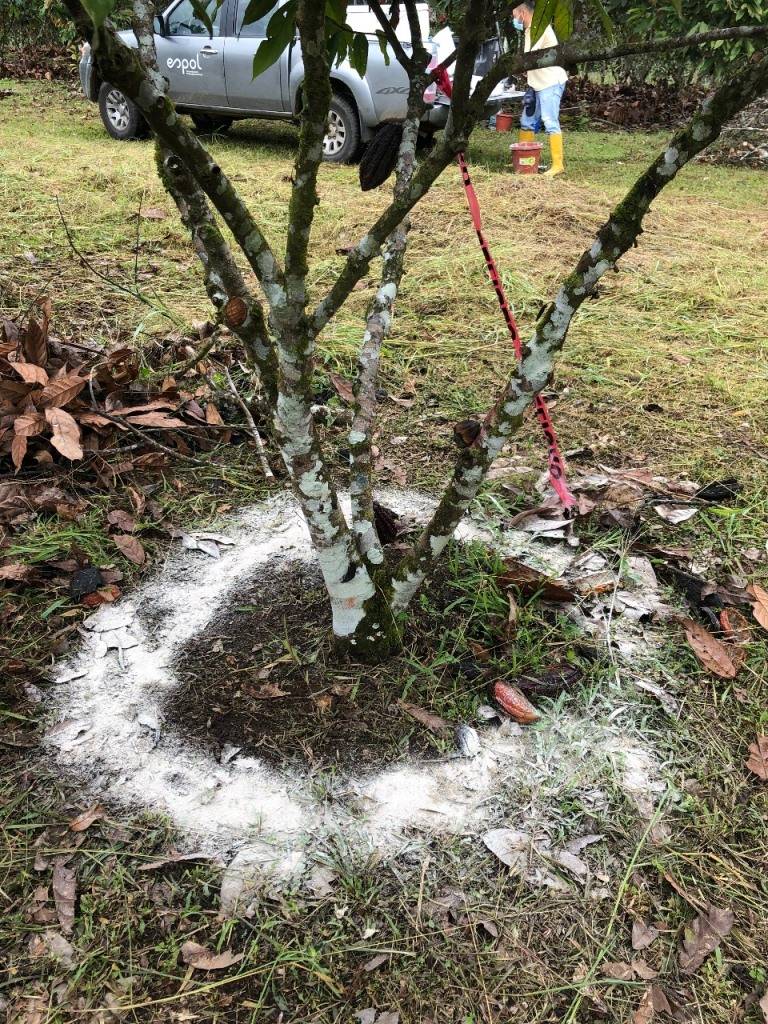
The ability of Latin American and Caribbean countries to supply the international fine cocoa market is unquestionable, however, cadmium (Cd) has become one of the most worrying polluting heavy metals in the value chain of culture. Cd is present in cocoa beans and passes into processed products that pose a risk to human health. Cd contamination is presumed to be caused by mineralization of bedrock, contaminated water used for irrigation, coastal ecosystems, fertilizers (organic and / or chemical), inadequate agronomic management, post-harvest processes, among others.
The high concentrations of Cd in cocoa beans are a limiting factor for commercialization. Important markets, such as the European Union (EU), have imposed strict regulations for the commercialization of chocolate with excessive levels of Cd. As of January 2019 Regulation 488/2014, which establishes the maximum levels of this contaminant in chocolates and cocoa powder.
To generate scientific information that allows the region to position itself as a producer of quality cocoa and "free" from contamination, the project "Multiagency Cocoa Platform for Latin America and the Caribbean (Cocoa 2020-2050)" is implemented. which has financing from FONTAGRO. Three countries participate in its implementation: Ecuador (ESPOL and INIAP), Colombia (AGROSAVIA) and Costa Rica (INTA); coordinated by ESPOL-TECH of Ecuador. The platform is the space to coordinate research activities in an organized way for the management of cadmium in the cocoa crop. It is structured in four components for its implementation, namely: agronomic management, quality and safety, regulations and governance and knowledge management (table 1).
Table 1. Components and their respective activities within the project.
|
Component |
Objective |
Activities |
|
1. Production and productivity |
Generate knowledge and alternatives for the management of cadmium. |
|
|
2. Quality and safety |
Establish and standardize measurement methodologies to generate maps and reduction technologies. |
|
|
3. Regulations and governance |
Generating socioeconomic and impact information gives international regulations on producers. |
|
|
4. Knowledge management |
Spread transfer and train knowledge to the different actors of the platform. |
|
Through the application of soil amendments, it is sought to have alternatives for reduction of Cd in cocoa plantations. The project will implement five demonstration farms in participating countries. These farms will serve as evidence for future recommendations and will be part of the strengthening of local capacities with the training of technicians and farmers. The establishment of multidisciplinary technologies and methodologies will allow access / maintenance to regulated markets (Cd) for cocoa originating in LAC, thus contributing to the sustainability of the cocoa chain in the region.
The implementation of this project will promote the consolidation of the Multi-Agency Cocoa Platform as a regional point of reference for technologies, management and proposals for state regulations in the cocoa value chain, especially in the control and mitigation of contaminants such as cadmium.




